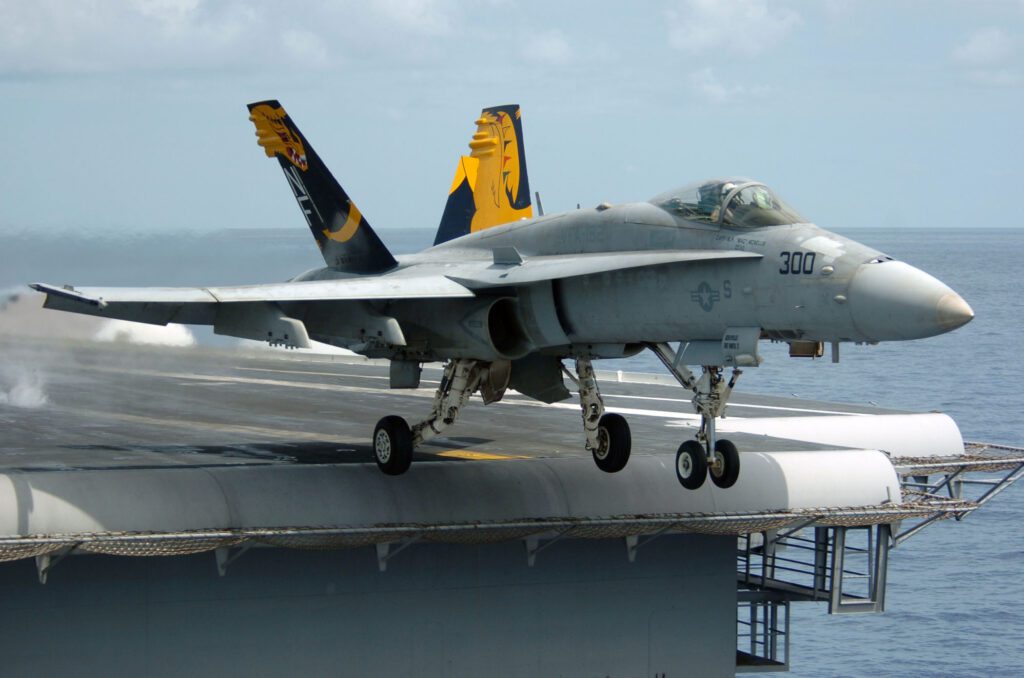Aircraft carriers play a crucial role in the projection of naval power across the seas. These floating airbases are essential for launching and supporting a variety of aircraft, enabling countries to conduct missions ranging from air superiority to humanitarian operations. Despite facing challenges such as anti-ship missiles and advanced defense systems, aircraft carriers remain indispensable assets for many nations. With a long and storied history dating back to World War I, these massive ships continue to evolve and adapt to meet the demands of modern naval warfare. Overall, aircraft carriers are vital components of military strategy, ensuring the security and stability of the world’s oceans.
The Importance of Aircraft Carriers
Aircraft carriers are the backbone of naval power for many countries around the world. These massive ships are floating airbases that can deploy and support a wide array of aircraft, making them essential for projecting power across the seas.
Capabilities of Aircraft Carriers
One of the key capabilities of aircraft carriers is their ability to launch and recover fixed-wing aircraft. These aircraft can be used for a variety of missions, including air superiority, ground attack, reconnaissance, and anti-submarine warfare. The ability to launch these aircraft from a mobile platform greatly extends the reach and effectiveness of a country’s naval forces.
Deployment of Aircraft Carriers
Aircraft carriers are often deployed in regions where there may be a need for rapid air support or power projection. They can be used for a variety of missions, including supporting ground forces, conducting air strikes against enemy targets, enforcing maritime security, and conducting humanitarian operations.
History of Aircraft Carriers
Aircraft carriers have a long and storied history, dating back to the early 20th century. The first successful deployment of carrier-based aircraft in combat occurred during World War I, when British carriers launched air raids against German naval forces.
Types of Aircraft Carriers
There are several different types of aircraft carriers, ranging from small “light carriers” equipped with helicopters to massive “super carriers” capable of carrying and launching dozens of fixed-wing aircraft. The United States operates the largest and most technologically advanced aircraft carriers in the world, including the Nimitz-class and Ford-class carriers.
Challenges Facing Aircraft Carriers
While aircraft carriers are incredibly powerful and versatile platforms, they also face a number of challenges. These include the threat of anti-ship missiles, submarines, and advanced air defense systems. In response, countries are developing new technologies and tactics to protect their carriers and ensure their continued effectiveness in modern naval warfare.
Conclusion
Aircraft carriers are the backbone of naval power for many countries, providing a vital capability for projecting power across the seas. These massive ships are essential for supporting a wide range of missions, from air strikes and maritime security to humanitarian operations. While they face challenges in the form of evolving threats, aircraft carriers continue to play a crucial role in ensuring the security and stability of the world’s oceans.
